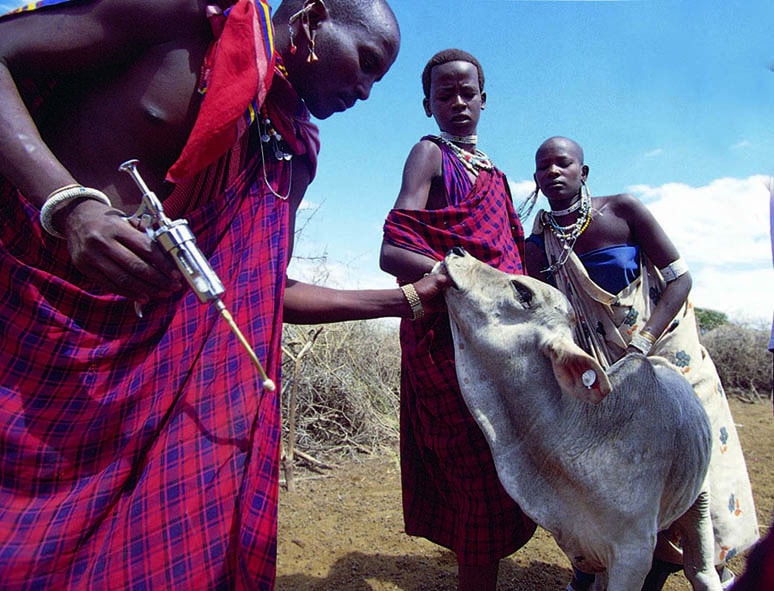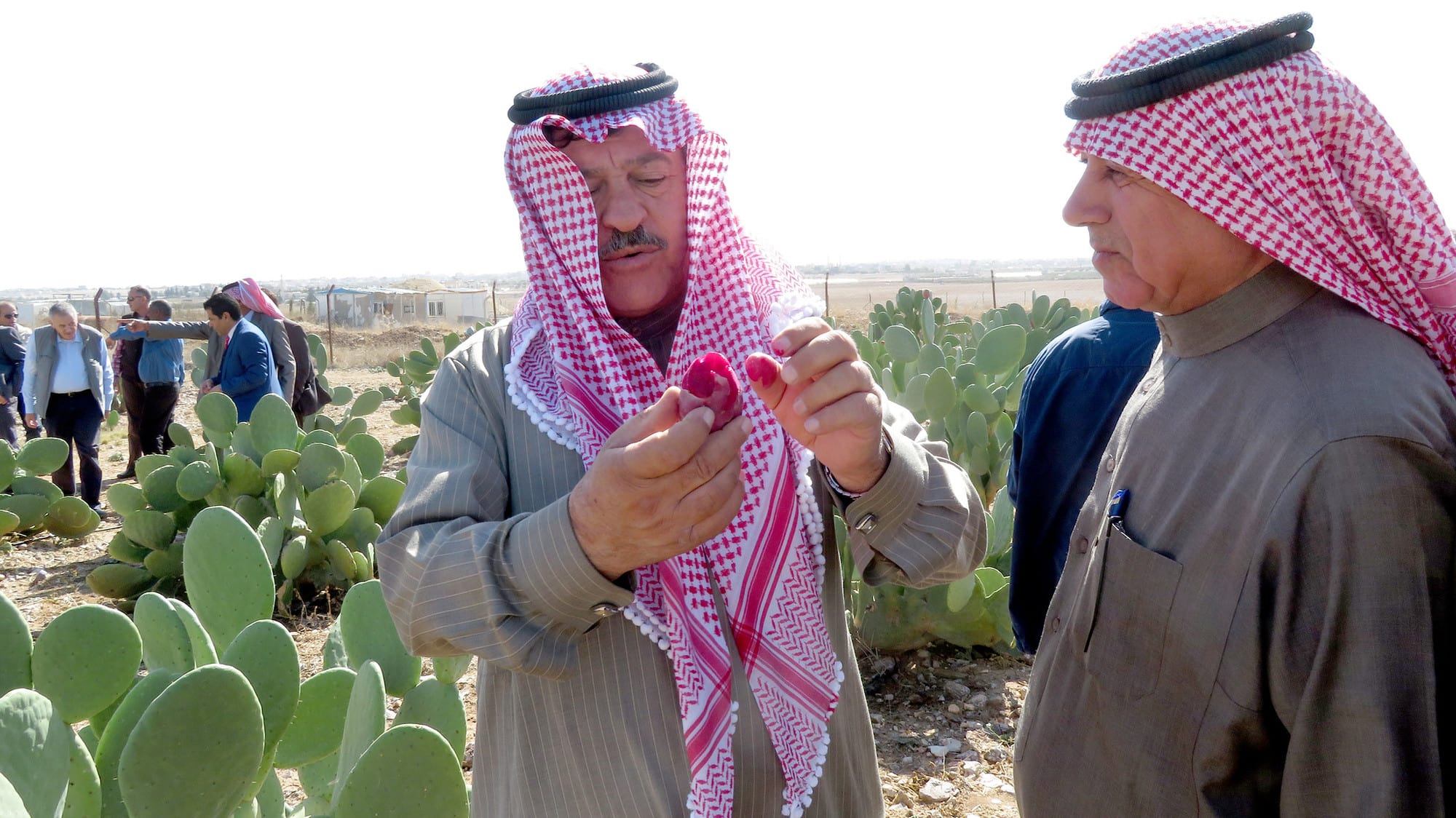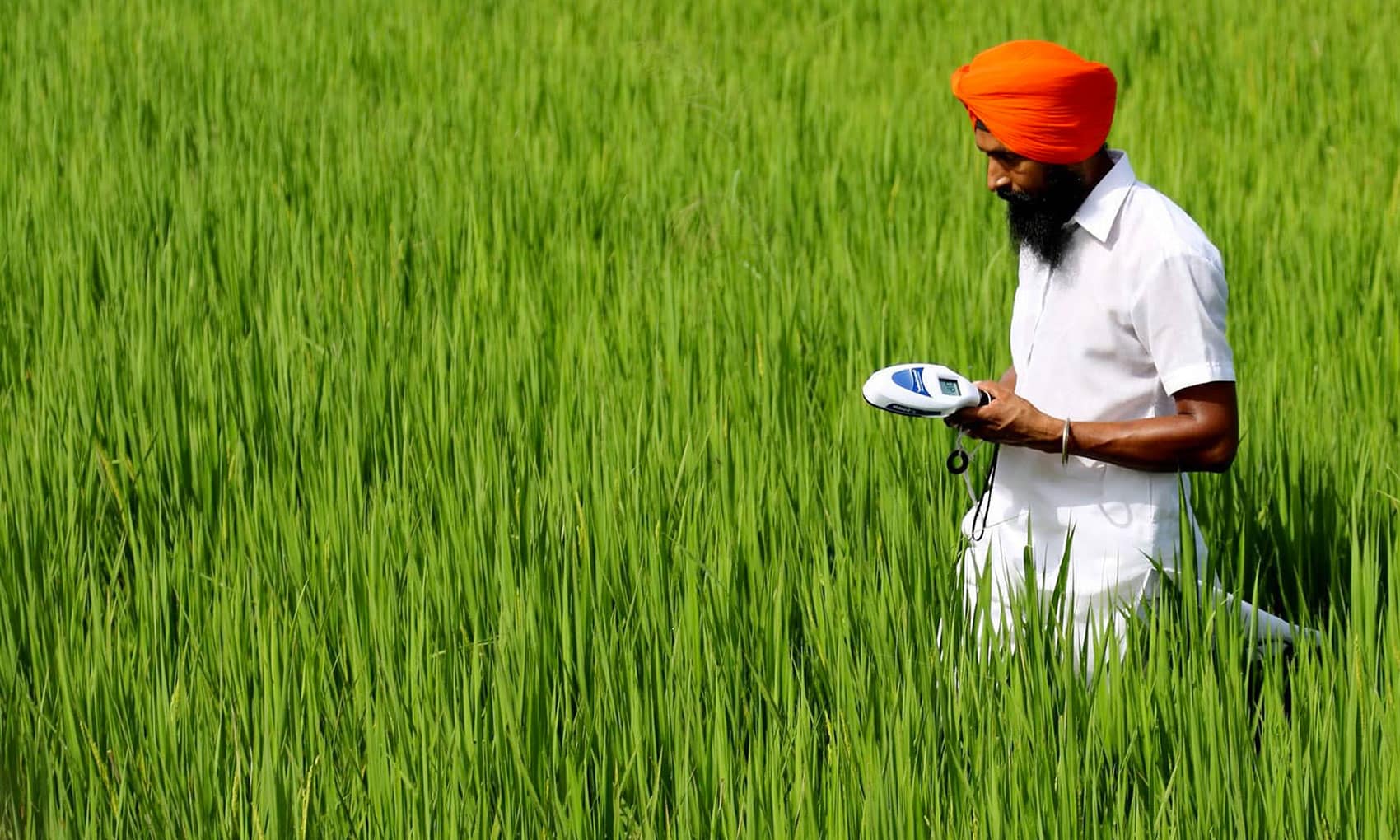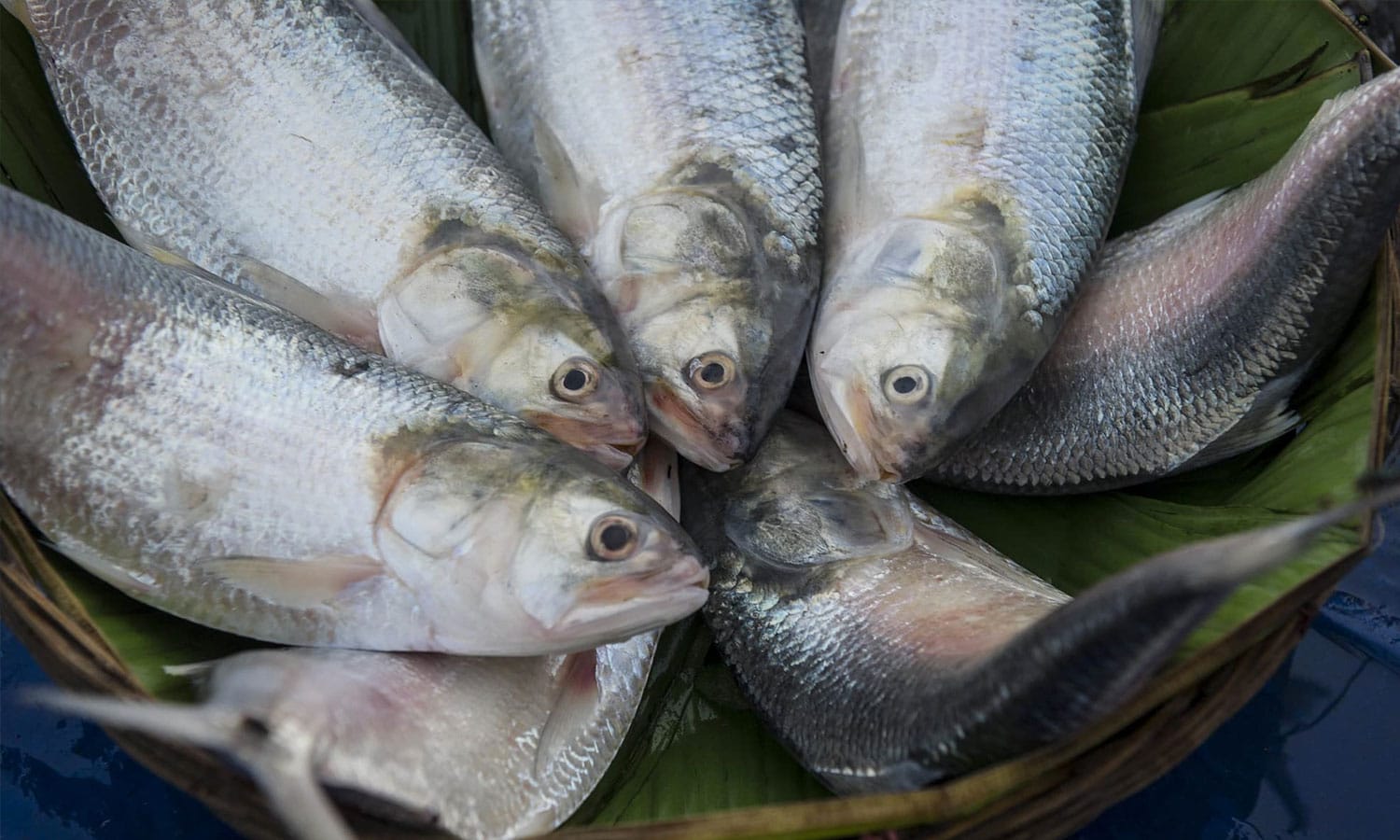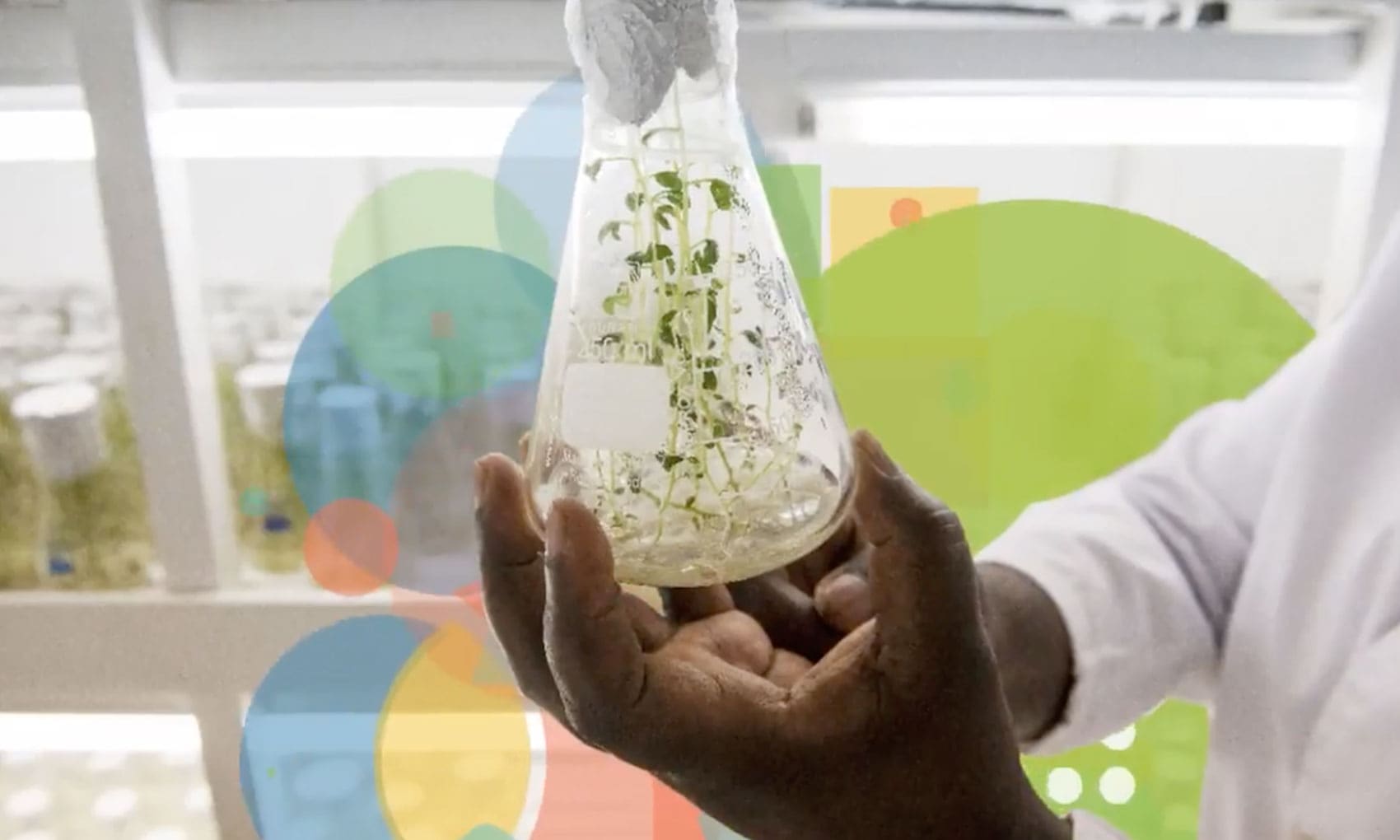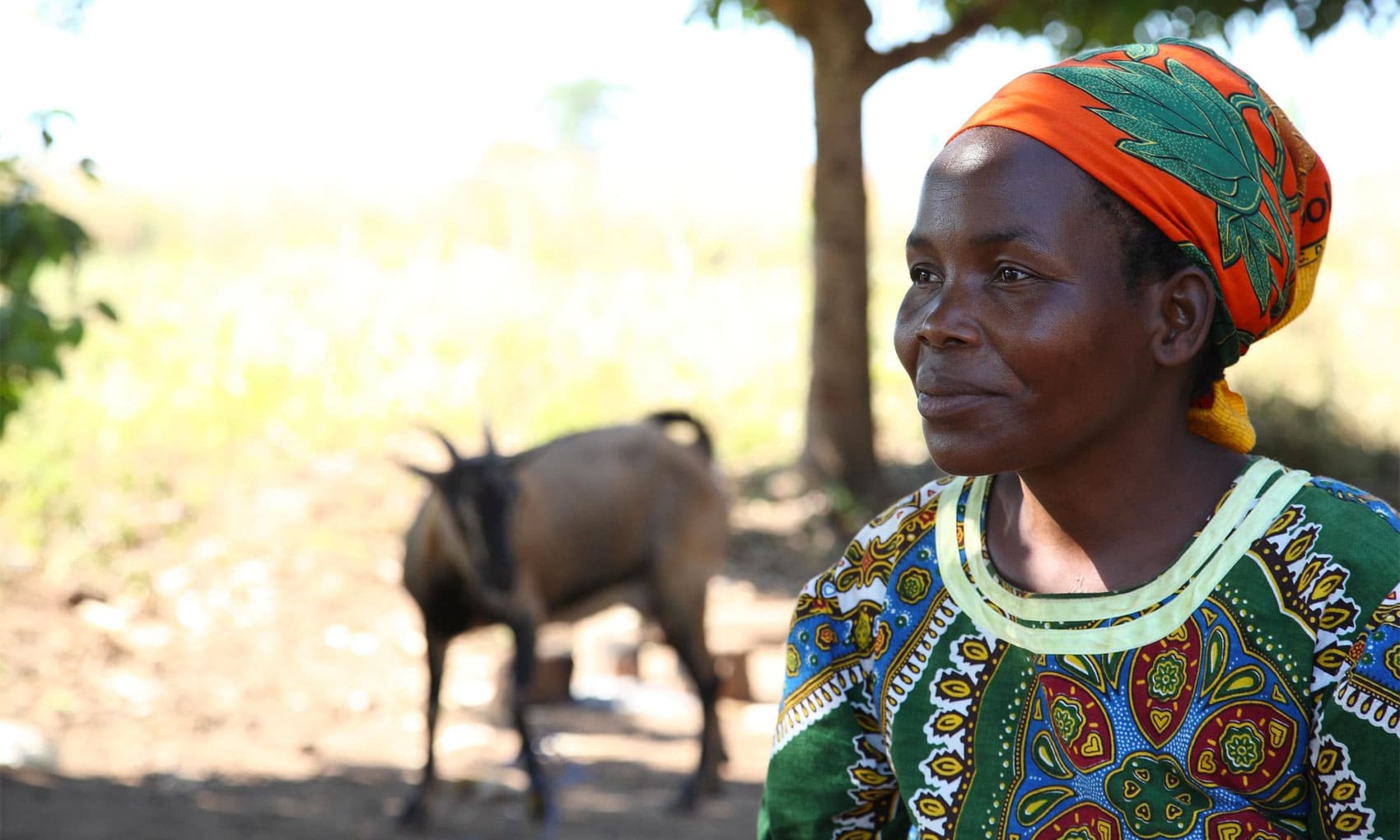Disease can be devastating for livestock, and for the people whose livelihoods depend on them. For many pastoralists and small-scale farmers, the loss of even one cow can be disastrous.
East Coast fever – a cancer-like, tick-transmitted disease first discovered in 1903 in Africa – kills cattle within three weeks of infection through the build-up of excess fluid in their lungs, drowning the animals. Endemic across a dozen African countries, the disease kills one cow every 30 seconds. In 2005, its annual cost was estimated at $300 million.
Building on decades of research, CGIAR scientists at the International Livestock Research Institute (ILRI) have helped to develop and mass produce a vaccine for the disease, in partnership with the former East African Veterinary Research Organisation, now the Veterinary Research Centre and part of today’s Kenya Agricultural & Livestock Research Organization.
Two large batches of the vaccine were manufactured by ILRI and partners in 1996 and 2008, comprising 600,000 doses and 1.2 million doses, respectively. Through commercial distribution, about 2 million cattle have now been vaccinated, increasing the incomes of 156,000 households by $74 million. From 1997 to 2014, the vaccine prevented the untimely deaths of some 400,000 animals.
The vaccine uses an ‘infection-and-treatment’ method (ITM). Animals are inoculated with a cocktail of live virulent strains of the causative parasite, and a long-acting antibiotic to attenuate the ensuing infection. A single vaccination provides life-long immunity against East Coast fever.
The method is used today in Kenya, Malawi, Tanzania, and Uganda, where calf mortality due to East Coast fever has reduced by up to 95%. Efforts are now being directed at improving and scaling up production of the vaccine, to make it widely and cheaply available to the millions of livestock-dependent people across eastern, central and southern Africa, where the disease remains endemic.
Vaccination has increased incomes for livestock-keeping households in various ways. Aside from avoided herd losses, milk sales have increased due to more productive cows, vaccinated bull calves have fetched higher market prices than non-vaccinated calves, and, in the pastoral sector, the vaccine has meant a higher number of yearling animals.
Studies in Tanzania and Kenya confirm that where incomes have increased due to ITM vaccination, households have typically spent the extra income on essentials such as school fees and staple foods, as well as on commercializing their livestock enterprises.
There have been additional income benefits for distributors and vaccinators who provide the ITM vaccine, and for the current manufacturers of the vaccine based at the Centre for Ticks and Tick-Borne Diseases, Malawi.
Header image: A Maasai man treats a calf with antibiotics as part of the ‘live’ infection-and-treatment method of immunizing cattle against East Coast fever. Photo by S. Mann/ILRI
Links & further reading
 Publication: Promising options for improving livestock production and productivity in developing countries
Publication: Promising options for improving livestock production and productivity in developing countries
 Publication: Production and dose determination of the Infection and Treatment Method (ITM) Muguga cocktail vaccine used to control East Coast fever in cattle
Publication: Production and dose determination of the Infection and Treatment Method (ITM) Muguga cocktail vaccine used to control East Coast fever in cattle


